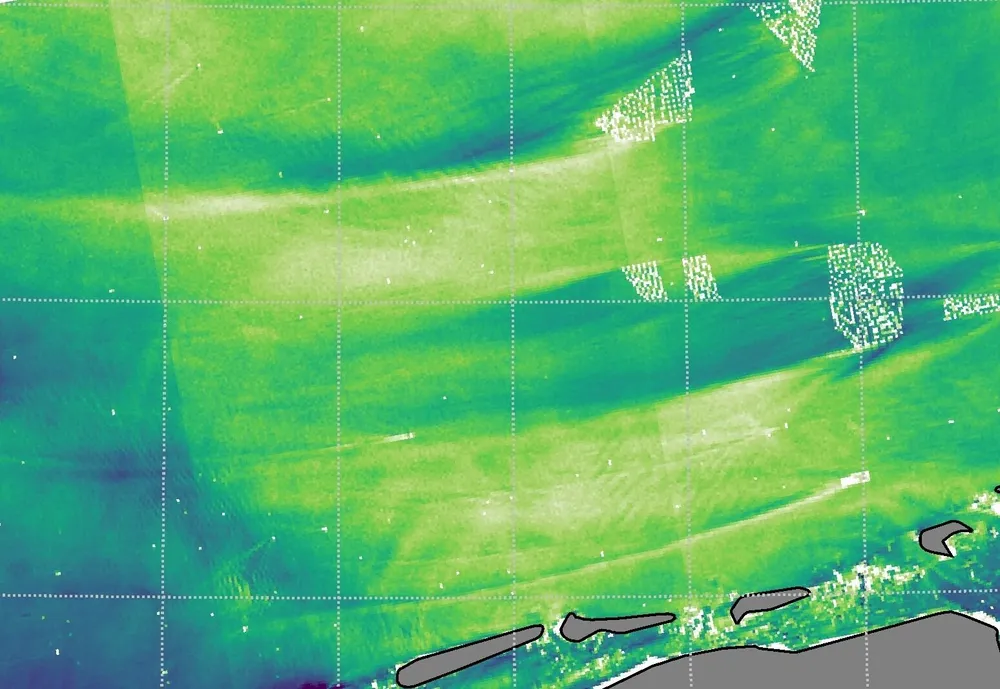National UK study to investigate wake losses as 'wind theft' disputes heat up
Wake losses are becoming a red-hot issue for the wind industry as disputes between heavyweight developers over 'wind theft' break out into the open

The Crown Estate, RWE and EDF are all supporting a new government-funded project to model inter-farm wind wakes in the UK, as developer disputes over ‘wind theft’ between their huge offshore projects threaten to slow down progress in the sector.
The University of Manchester has secured funding from the Engineering and Physical Science Research Council (EPSRC), a UK government agency, to lead a 12-month research project to model wind wakes in British waters.
The new research on prediction of unqualified losses from offshore wind farm wakes (POUNDS) aims to provide a national-scale assessment of interactions between wind farms.
The government is aiming to deploy 43-50GW of offshore wind farms in British waters by the end of the decade, up from around 15GW today. The target is crucial to its broader goal of running an almost entirely clean power grid by that time.
“Achieving the target of 43-50GW of deployed offshore wind farms by 2030 is crucial for net zero and energy security,” said Pablo Ouro, a research fellow in the university’s department of civil engineering and management, but reduction in energy yields due to wind wakes “must be addressed.”
“Our POUNDS project is key to overcoming these challenges, informing policy makers and project developers about strategies to better quantify these losses.”
What are wind wakes?
When wind turbines extract energy from the wind to produce power, they leave trails of lower intensity and more turbulent wind stretching behind them. These trails, known as wind wakes, can stretch vast distances – even 100km. If one wind farm is caught in the ‘shadow’ of another’s wake, the lower wind speed will mean it generates less power, reducing revenues. One wind farm 'waking' another is sometimes known as ‘wind theft’.
POUNDS will use mesoscale models – a type of advanced numerical weather forecasting model – to model the performance of wind farms spanning UK waters. It will assess both operational wind farms and the thousands more wind turbines that are planned by 2030.
The project's backer, EPSRC, is the main UK government agency for funding research and training in engineering and the physical sciences, providing government funding for various projects.
The University of Manchester said it is partnering in the research with the UK’s leading offshore renewables institutes, industry experts and policymakers. These include the Offshore Renewable Energy (ORE) Catapult, British consultancy Arup and the seabed landlord for England & Wales, The Crown Estate.
German power giant RWE, which has found itself at the centre of several wind theft disputes concerning its UK projects, and French utility EDF are also partnering on the project.
"The UK Government's recent Clean Power 2030 Action Plan's identification of inter-farm wind wakes as an area of focus highlights this issue's importance,” said Ken Kasriel, energy economist with ORE Catapult. “This study could make important contributions towards better understanding and planning around them.”